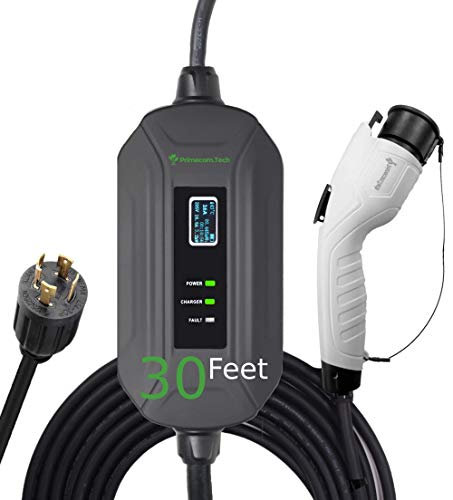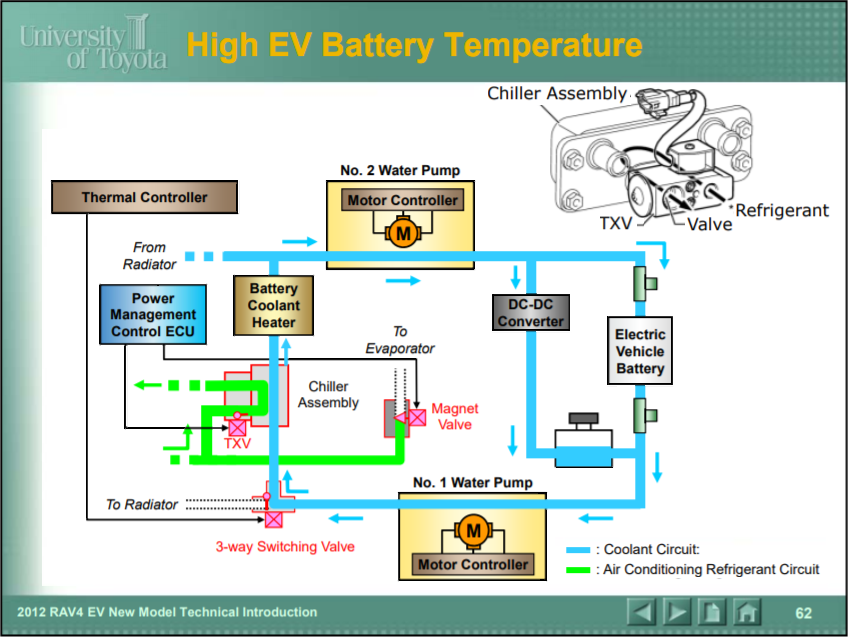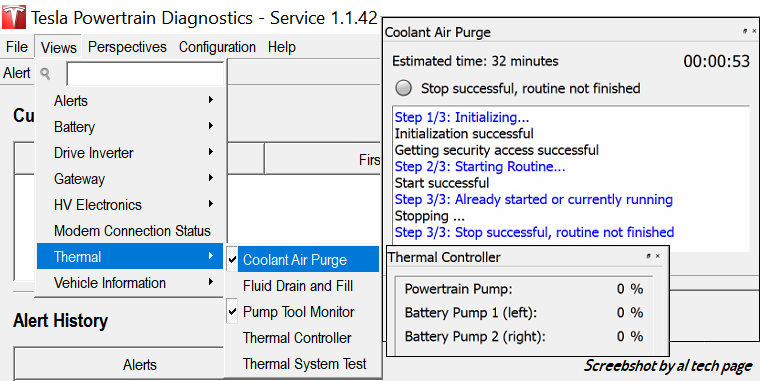- Joined
- Apr 25, 2017
- Messages
- 41
Has anyone ever checked out the chiller for the battery? I am trying to determine if mine is functioning properly; whenever parked with the hood open, I have always noticed that the refrigerant line to the chiller is never cold like the line to the cabin evap coil. Has anyone noticed this on a hot day?































